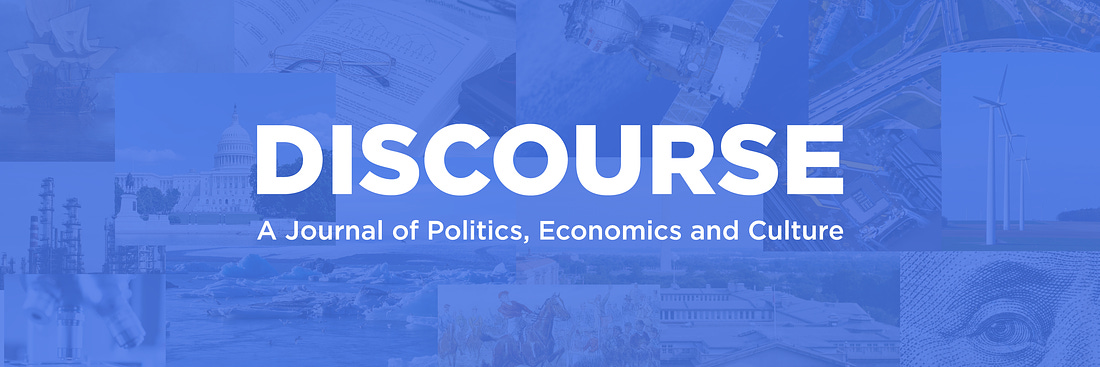|
 |
Oh, Canada ...
Thanks to Donald Trump, the possibility of a Conservative victory north of the border has gone from a sure thing to a long shot
Poor Pierre Poilievre. Three months ago, his Canadian Conservative Party was 25 points ahead in the polls, and he looked like the next great conservative leader in the Anglosphere. Today, the Tories trail the governing Liberals, and it would take a miracle to get back on top.
That could happen, especially if he is able to flummox Liberal Party Prime Minister Mark Carney in the two televised debates on April 16 and 17. It’s likelier, though, that Carney will ride resurgent Canadian nationalism to a surprisingly easy win.
Such a result would mask what a superb job Poilievre has done in recasting the Conservatives. The party, which governed Canada for nine years under Stephen Harper, had languished for almost a decade. Harper unwisely sought a fourth term in 2015 and lost handily to Justin Trudeau. Trudeau soon proved a wily leader who nonetheless never really caught on with the public. The weakness of the two Conservative leaders who followed Harper, Andrew Scheer and Erin O’Toole, meant the party could not take advantage of Trudeau’s problems.
The Tories barely improved on Harper’s dismal 32% of the vote, rising to only 34% in the 2019 and 2021 elections. Trudeau’s Liberal Party actually received fewer votes than the Tories but was able to form minority governments after each race because the Tories won a lot of wasted votes in their rural heartlands, racking up huge majorities where they weren’t necessary to secure seats in Parliament.
Worse, a populist conservative party, Maxime Bernier’s People’s Party, had risen to challenge the Conservatives from the right. They only received a high of 5% in 2021 and failed to win any seats. They nevertheless cost the Conservatives a boatload of seats by drawing off normally conservative voters.
Enter Poilievre. He was, for a Canadian politician, unusually pugnacious in his tone, regularly jabbing at Trudeau’s feckless progressivism. He drew scorn from the elite media as “Canada’s Trump,” but over time, this approach charmed both conservatives and moderate working-class voters.
The Tories rose in the polls under his leadership and took off in mid-2023. Trudeau was unable to counter Poilievre’s attacks and was ultimately forced by his party, convinced he would lead them to an epic defeat, to resign this January.
That was always going to hurt Poilievre’s Conservatives, as some of their support was simply an anti-Trudeau sentiment. But even then, Conservatives led the Liberals in the polls throughout February as Carney campaigned to succeed Trudeau. The election was still winnable.
What has killed the Conservatives is Donald Trump. Trump’s trolling of Trudeau—calling him “governor” and frequently saying that Canada should become the 51st state—infuriated Canadians. That spooked Canada’s far-left voters, who normally do not vote Liberal because they perceive the party to be too centrist. Rather than let Trump “win,” many switched to the Liberals to vote for Canadian independence.
The polls show this starkly. The three leftist parties—the New Democrats, the Bloc Québécois and the Greens—were getting a combined 32% when Trudeau resigned. They were still polling a combined 30% on January 26. Then the Trump effect kicked in.
Those parties today are receiving only a combined 17% in the polls. The Conservatives have dropped too, from 45% to 38%, but the lion’s share of the Liberal Party’s gains have come from angry leftists. That, not any failing of Poilievre or love for Carney, is why the polls show Liberals comfortably ahead.
Poilievre has tried to hit back, making note of a television interview where Trump said he preferred Carney to him. So far, though, that argument is not sinking in. The Conservatives have stopped declining and are even back to the 40% level in some recent polls. With the April 28 election date fast approaching, though, it looks like too little, too late.
Forty percent of the vote would nonetheless be the highest share in the party’s history, besting even Harper’s share in 2011 when he won his only minority government. That indicates that Poilievre’s Tories have mass appeal that the party normally lacks.
He will have also demolished Bernier’s People’s Party, which now gets only 1-2% in the polls and doesn’t even have a candidate in over a quarter of the nation’s 343 electoral districts. It’s hard to see how the party survives after this.
Nor will the rallying of the left around Carney’s Liberals continue. In government, he will inevitably make choices that will remind leftists why they aren’t Liberals in the first place. Paradoxically, any deal he cuts with Trump on tariffs will probably come back to haunt him, as any deal Trump can accept will require Canada to make concessions that will severely damage large sectors of its economy. A Carney-Trump deal that leads to dramatic increases in Canadian defense spending, a ramping up of Canadian production of oil and gas and damage to Canada’s agricultural and retail sectors would be the polar opposite of what the left wants.
We should thus expect to see the progressive New Democrats—who will surely have a new leader after Jagmeet Singh’s third consecutive poor performance—surge, especially if they follow the lead of leftist parties elsewhere and select a young, charismatic woman as his successor.
So shed a tear for Poilievre, but don’t expect him to fade away. His party will know they have recovered under his command and that he could not have done anything about Trump’s bizarre trolling. Time is on his side, and four years is not a long time for the 45-year-old to wait.
You’re currently a free subscriber to Discourse .

